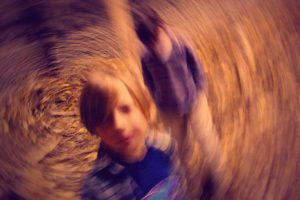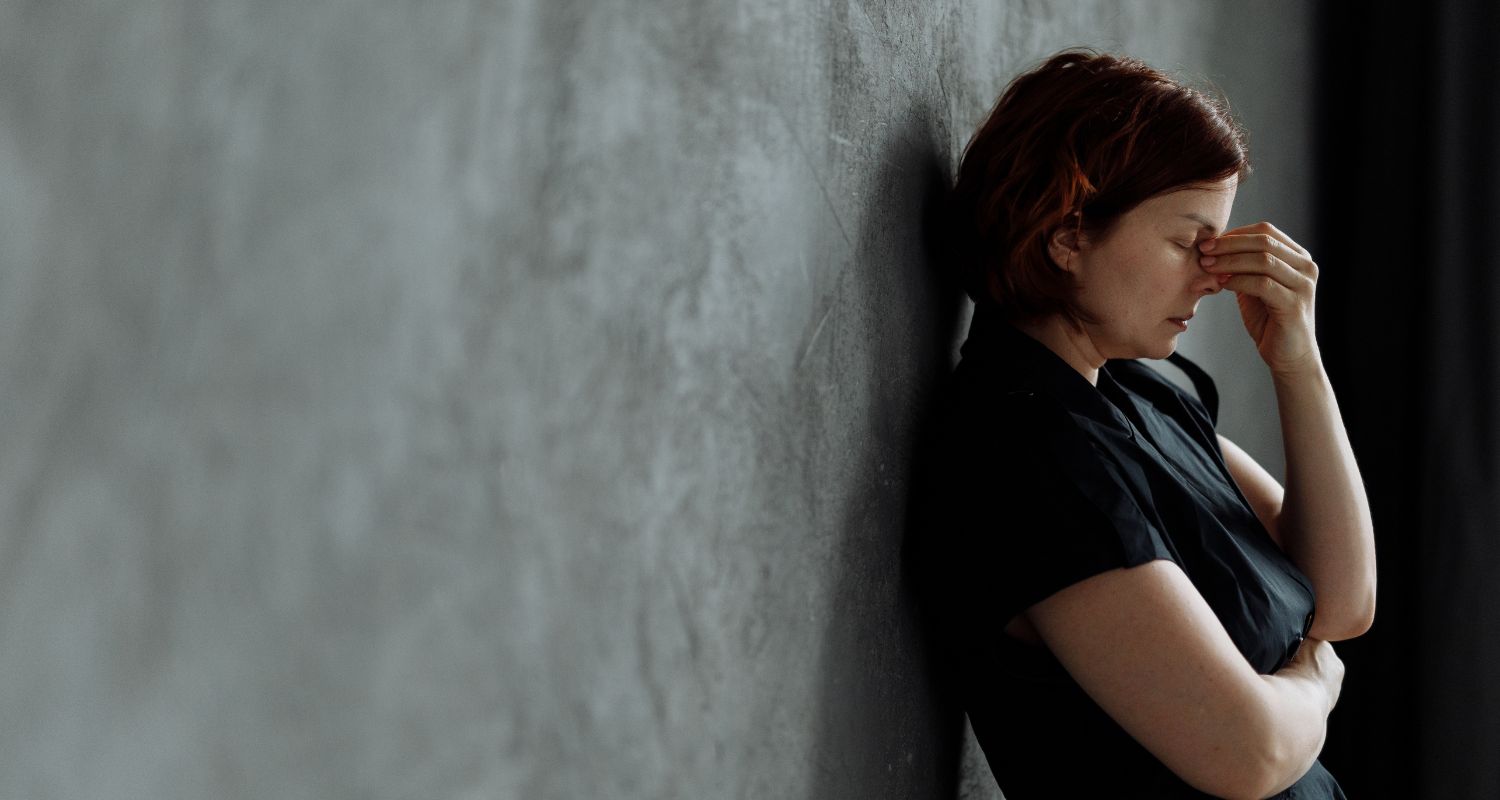By Howard Mango, Au.D., Ph.D.
Dizziness has no age bias.
 When children experience balance and dizziness issues, these problems can be difficult to recognize. Younger children in particular may have trouble describing their symptoms.
When children experience balance and dizziness issues, these problems can be difficult to recognize. Younger children in particular may have trouble describing their symptoms.
Statistics reported by the National Institute on Deafness and Other Communication Disorders indicate that dizziness is likely to occur at some point during our lives. In fact, dizziness is the 2nd most common complaint heard in physician offices.
Now a new study – the first large-scale, nationally representative survey of balance and dizziness problems in U.S. children, reveals that more than 1 in 20 children in the U.S. have a dizziness or balance problem. That’s nearly 3.3 million children. Yet only 1/3 of them received treatment for dizziness or balance concerns during the previous year.
These recent findings support what I have personally seen among our younger patients for many years. Dizziness and balance issues continue to be a poorly understood health problem.
Many children have moderate and serious difficulties. That’s why it’s important to seek the expertise provided by a pediatric-trained audiologist to vet out issues. These may range from temporary infections to more serious disorders that might have longer-term developmental consequences. It’s imperative to get to the cause of balance and dizziness concerns – no matter what age – as soon as possible. Our Institute performs comprehensive balance assessments, diagnosis and treatment including Advanced Vestibular TreatmentSM (AVT).
To meet our youngest patient’s needs, our clinical staff includes highly-trained doctors of audiology, offering the highest quality diagnostic, treatment and care services to manage and support our younger pediatric patients and their families.
Communication and compassion are both important elements of our patient-friendly care program. Our doctors take an integrated approach to each child’s health needs. That means our doctors offer an additional level of expertise and specialty to your highly-regarded pediatric care team. By offering the highest levels of critical care, we can provide lasting solutions that are attainable and easy to understand.
I’m often asked if there is an epidemic of dizziness…are we seeing kids get dizzy at younger ages than ever before? The reality is that the findings from this new U.S- based report are consistent with other countries. The findings provide a much-needed baseline estimate of dizziness and balance problems in the U.S. that finally address younger age groups.
Any complaints of headache and dizziness in children merit careful evaluation to differentially diagnose a vestibular disorder.
As a licensed, practicing vestibular audiologist, I have overseen many cases. So why exactly are children dizzy?
Often it may involve common balance disorders resulting from inner or middle ear pressure, such as having an ear infection. The excess fluid in the middle ear space causes a pressure that affects the vestibular system and semicircular canals.
Children can also manifest with syndromes mimicking certain signs and symptoms similar to issues more commonly found in adults. This includes benign paroxysmal vertigo of childhood (BPV), which involves migraine along with sudden onset of dizziness. With BPV, a child may suddenly lose balance and fall to one side. This vestibular disorder can be commonly overlooked or misdiagnosed, as the episodes can be brief in nature and may occur in younger children with less developed language.
In addition, sports, including figure skating and contact sports, can cause a spinning sensation and dizziness. It’s often due to the constant physical motion and unintentional contact to the head and body.
So what can you do?
- Recognize that dizziness and balance problems can be fairly common among children.
- Be aware of the impact these problems can have on children. Develop strong communication with your children, your pediatrician and your audiologist.
- If you notice a dizziness or balance problem among your children, consult a health care provider to rule out a serious underlying condition.
- Whether you’re a parent or a medical professional, be certain to become familiar with the right questions to ask in determining if a child has a balance or dizzy issue.
Have you had a recent fall, or sports injury? Do your ears feel pressure, or like your underwater when you speak? Feelings of dizziness when standing up quickly or bending over to pick something up?
- Help guide children to maintain good sleep patterns, regular meals and limit stress (as best is possible).
These new findings help to highlight this often poorly understood health issue. Now this information can be used to serve as a baseline for medical professionals in other countries as well. We have partnered with physicians around the U.S and abroad that have entrusted their hard to-diagnose dizziness and balance patients to our care.
As vestibular diagnostic and rehabilitation experts, we’re here to help you, your family and your patients to prevent reoccurrences of dizziness and imbalance conditions.
Here are key findings from the recent study:
- Among children with dizziness and balance problems, poor coordination was the most often-reported symptom by parents at 46%; 35% reported lightheadedness; 31% had poor balance; 29% had vertigo; 25% reported frequent falls; and 8.5 %had other dizziness and balance problems.
- Children were more likely to have 2 or more symptoms than a single symptom.
- Overall, only 36% of children with dizziness and balance problems were seen by a health professional in the previous year and 30% % received treatment.
- Girls had nearly a 6% prevalence, compared with boys’ prevalence of 5%.
- Gender-specific risk factors in boys included ADHD, ADD and stuttering. Anemia, hearing difficulties and respiratory allergies were associated with dizziness and balance conditions in girls. Girls with dizziness and balance problems also reported having more headaches and migraines compared to boys with dizziness and balance problems.
- Prevalence also increases with age, with children affected in age group 12+ larger than children age group 3-8.
- Prevalence of dizziness and balance problems among children with difficulty hearing was 21%. For children with vision problems (including those addressed by corrective lenses), prevalence was just over 14%.
Dizziness in children needs to be addressed. I believe a complete balance assessment by a doctor of audiology specializing in dizziness, and imbalance issues serves an important role in discerning their vestibular system. The results and outcomes provide necessary and detailed information about each pediatric patient’s balance system. Working together, we can help your child and your team toward that path of relief and recovery.
– Dr. Mango






Leave A Comment